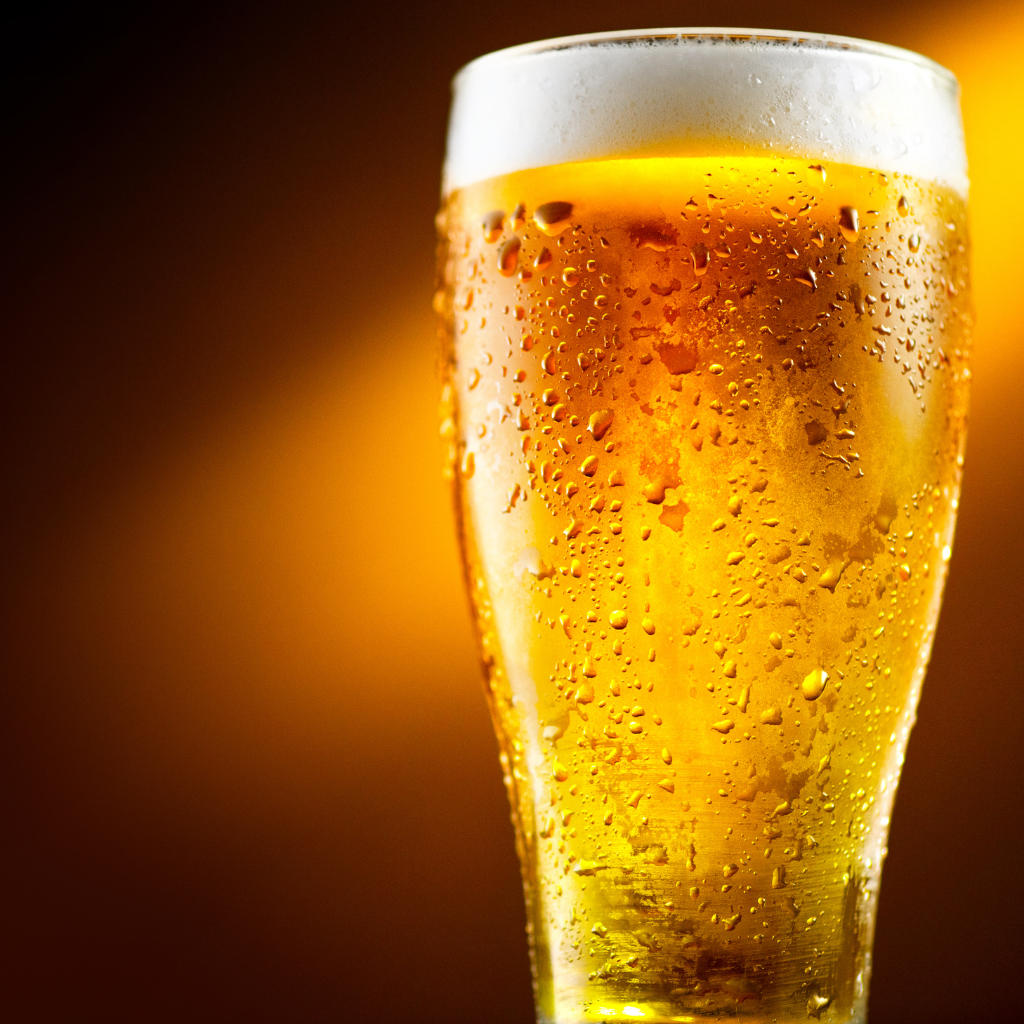
Introduction
Ale, one of the oldest and most diverse beer styles, has been enjoyed by people around the world for centuries. With its wide range of flavors, aromas, and colors, ale holds a special place in the hearts of beer enthusiasts. In this article, we’ll delve into the art of crafting ale beer, exploring the selection of ingredients and the intricate brewing process that gives ale its unique character.
The Core Ingredients
Brewing ale beer relies on a few essential ingredients, each contributing to its distinctive flavor profile:
1. Malt: Ale malt, often pale malt, serves as the base for ale. Malted barley provides the fermentable sugars needed for alcohol production and contributes to the beer’s color and flavor.
2. Hops: Hops are added during brewing to impart bitterness, aroma, and flavor. Ale hops come in various varieties, each with its unique characteristics.
3. Yeast: Ale yeast strains, such as Saccharomyces cerevisiae, are crucial for fermentation. These yeast strains thrive at warmer temperatures and produce a wide range of esters and phenols that influence the beer’s aroma and flavor.
4. Water: The mineral content of water plays a significant role in the flavor and overall quality of the beer. Different water profiles can enhance or suppress certain characteristics in the finished ale.
The Ale-Making Process
Crafting ale beer involves a meticulous and creative process:
1. Milling: Malt is crushed into a coarse powder, creating grist. The grist is mixed with hot water in a process called mashing, activating enzymes that convert malt starches into fermentable sugars.
2. Lautering: The liquid portion, known as wort, is separated from the solid grain material through lautering. The wort is then boiled.
3. Boiling: During boiling, hops are added at specific times. Early hop additions contribute bitterness, while late additions or dry hopping provide aroma and flavor. Boiling sterilizes the wort.
4. Cooling: The hot wort is rapidly cooled to a temperature suitable for fermentation, typically around 65-75°F (18-24°C).
5. Fermentation: The cooled wort is transferred to fermentation tanks, and ale yeast is added. Fermentation occurs at warmer temperatures than lager yeast fermentation, usually between 65-75°F (18-24°C), and lasts several days to a few weeks.
6. Conditioning: After fermentation is complete, ale beer may undergo conditioning to mellow flavors and develop complexity. This can occur in tanks or bottles.
7. Filtration: Ale beer is typically filtered to remove any remaining yeast and solid particles, resulting in a clear or slightly hazy appearance, depending on the style.
8. Bottling and Packaging: After filtration, the beer is carefully bottled, canned, or kegged for distribution.
Varieties of Ale
Ale beer boasts a wide array of styles, each offering its unique character and flavor profile:
1. Pale Ale: Pale ales are known for their balanced malt and hop profiles. Varieties include American Pale Ale (APA) and English Pale Ale.
2. India Pale Ale (IPA): IPAs are characterized by their hoppy aroma and flavor. Substyles include American IPA, New England IPA (NEIPA), and Double IPA (DIPA).
3. Stout: Stouts are dark, rich ales with flavors of roasted malt, coffee, and chocolate. They include Dry Stout, Sweet Stout, and Imperial Stout.
4. Porter: Porters are similar to stouts but are generally lighter in body and flavor. They often have notes of roasted malt, caramel, and toffee.
5. Belgian Ale: Belgian ales are known for their fruity and spicy yeast characteristics. Styles include Belgian Dubbel, Tripel, and Quadrupel.
Conclusion
The production of ale beer is a blend of science, tradition, and creativity. Whether you’re enjoying a classic Pale Ale or exploring the diverse world of ale styles, each sip offers a unique and delightful experience. The next time you raise a glass of ale, take a moment to appreciate the craftsmanship and innovation that go into creating this timeless and beloved beer style. Cheers to the world of ales!
